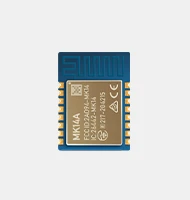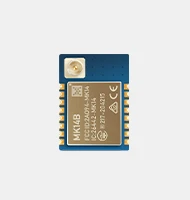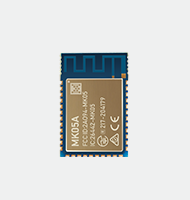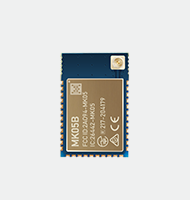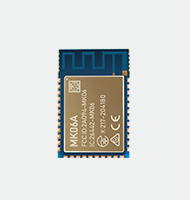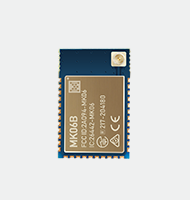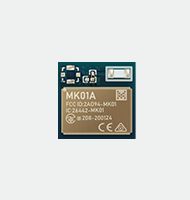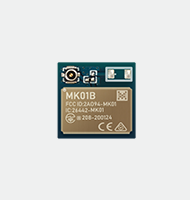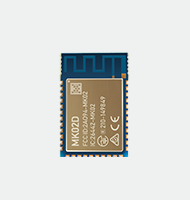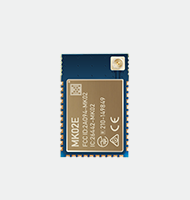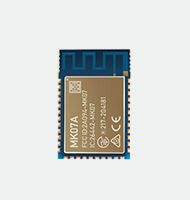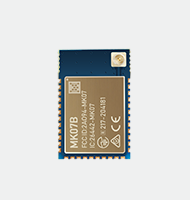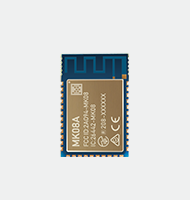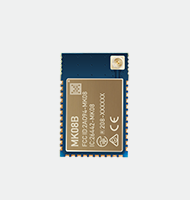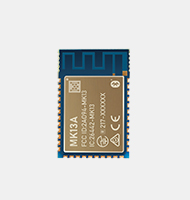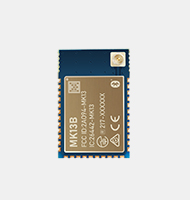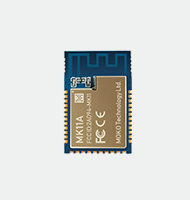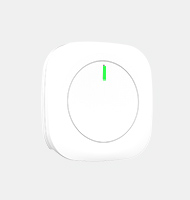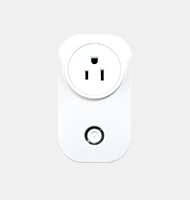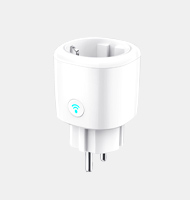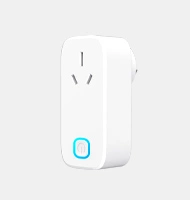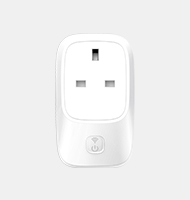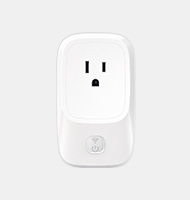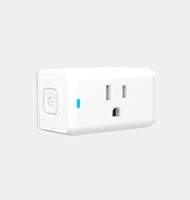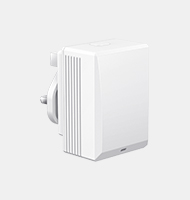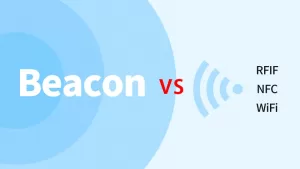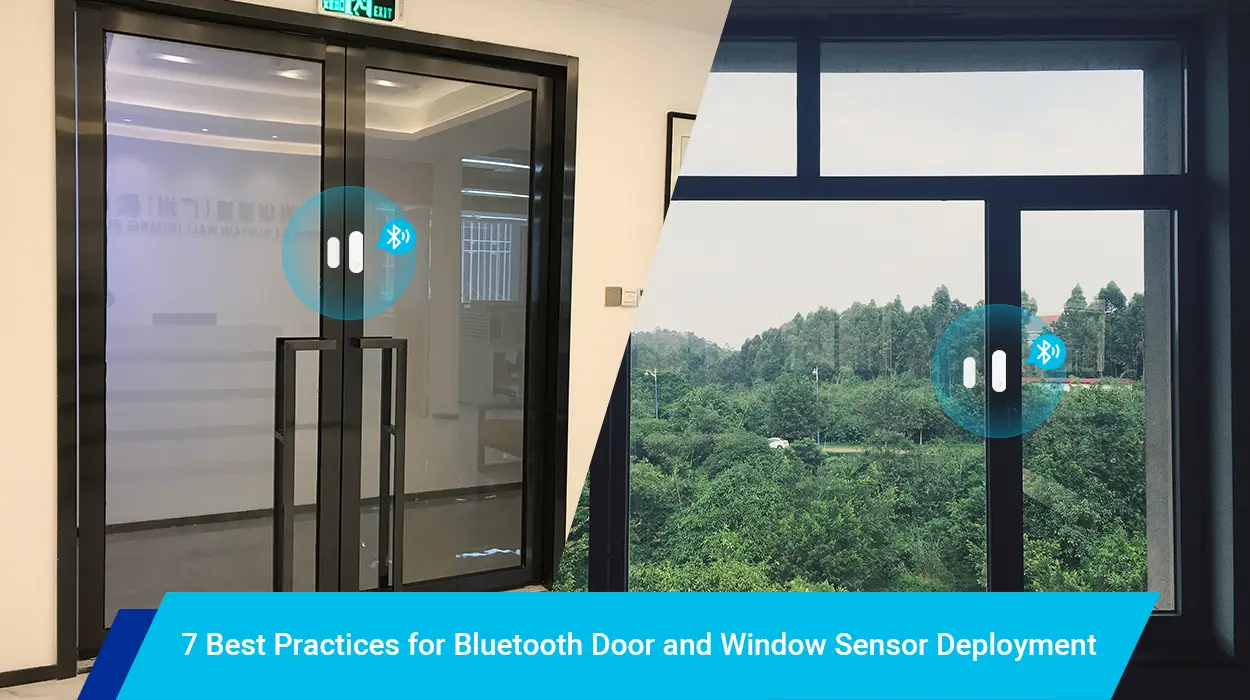The modern human mind has been programmed to think of patience as an unnecessary virtue. Today, if you want a question answered, Google is your best friend. Want to get somewhere right now? Open the Uber app. Almost no one has the room to wait through time-draining services, and the same applies to the exhibition industry.
Attendees want to instantly know where to find their booth, who they need to talk to, and the information they’ll need to check-in. If your exhibition doesn’t streamline the flow of this information, attendees might get frustrated – leading to a decline in attendance. That’s why exhibition beacons have been gaining traction in the industry. They improve the overall experience attendees can enjoy. Here’s what you should know about using exhibition beacon technology for trade shows and exhibitions:
What is exhibition beacon?
Exhibition beacon is a small wireless device that transmits data through Bluetooth BLE. They connect and transfer data to nearby smart devices, which makes user interactions and location-based searches more accurate and easier. These small devices are making waves in the proximity marketing and location technology fields.
Beacons work in a pretty easy way. They continuously transmit an identifier meant to be picked up by a smart device, usually a smartphone or gateway. Each identifier is unique to the beacon – it tells the device what to do. Once the device receives the identifier, it will perform a unique function.
There are many application areas for beacon technology. For instance, beacons can help with proximity marketing. This ensures that whenever a customer walks into a store or is close to it, they can receive a notification about a specific promotion. It could also be helpful at directing traffic around a big store, helping customers identify where to find specific items.
Most beacons work in tandem with apps installed in the receiving device. The app translates the data sent and carries out the action required. However, there are beacons that don’t require you to own your own app.
The challenges that led to exhibition beacon adoption
Among the biggest challenges faced by most exhibitions is visibility. Some venues are so big that they require an understanding of the entire venue to navigate around. For instance, a museum might have art sections for different artists as well as cultural artifacts. As a visitor, you might struggle to find your way around. Instead of hiring ushers, beacons help direct people to places in the venue they are interested in. Best of all, they interact with users’ devices, streamlining navigation within an exhibition’s venue.
The second challenge is checking in. Most venues require people to provide some information before walking into them, but traditional check-in processes like using physical forms can be tedious. A lot of valuable time can be wasted trying to get people into the venue. Thanks to beacons, anyone can register on their smartphone and have their data assessed immediately. Registration is as easy as walking through the entrance in some cases.
Third, directing traffic is also an issue most exhibitions have. For instance, there could be competitions on different floors of the event, and no one wants to struggle to find where they should be. Beacons can send notifications that show people exactly where their next stop is.
Why exhibition beacon is better than other technology alternatives
There are multiple alternative technologies to Beacons, from RFID to NFC. There are many specific features making the use of beacon technology at conferences ideal.
Its first advantage is its ease of deployment. Installing beacons in exhibitions doesn’t require a lot of technical know-how to deploy. It is also quite affordable to implement in comparison to other options like NFC and WiFi. Beacon technology is also easy to maintain. The only major cost most implementers would have to worry about is creating an app to work alongside the beacons.
However, if you already have an exhibition app, you might only need to update it to your specific beacon use cases. What’s even better is that some beacons don’t require you to launch your own app. While you might lose some personalization features by using app-less beacons, it can save you some cash during deployment.
Since the beacons use Bluetooth BLE, they have reliable battery life. This means that exhibition owners can use them for years without having to change their batteries. Compared to something like a WiFi router that has to be constantly connected to a power outlet, it can save you a lot of cash.
Beacons can also transmit data better than other alternatives. For instance, NFC requires the transmitting and receiving devices to be inches close to each other. They also struggle to provide telematics data. On the other hand, beacons are divided into three in terms of range – near, medium, and far away. Depending on the distance you want to transmit data, you can always have a beacon to use.
Most importantly, beacons easily improve user experience. Since most people almost never leave their smartphones behind, it makes sense to send them exhibition content straight to their smartphones. In the case of NFC, not all phones have the technology, which makes Bluetooth beacons the perfect alternative.
How event marketers are using exhibition beacon today
exhibition beacon has revolutionized the exhibition and events industry in a couple of ways. Event marketers are using it for:
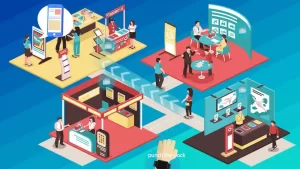
- Navigation and heat mapping
Beacons can help exhibitions attendees know their way around the venue. They can be used to send visitors the venue’s map so that they can find their points of interest. Event organizers can also use them to direct traffic to specific parts of the event, such as areas where there are competitions.
- Auto check-in
The registration data gathered during check-in can be quite helpful to event organizers, from identifying the kind of attendees present to providing insights into future marketing campaigns. By using beacon technology in exhibition events, event organizers can easily check people in, as long as they have their phones with them and have installed their app.
- Gamifying events
Beacon technology can help keep attendees engaged by gamifying the event. A good example is CES 2016, where the hosts used beacons to send attendees on a scavenger hunt. People were required to perform specific tasks in the event to earn badges and rewards.
- Sponsorships and promotions
Most sponsors will contribute some cash to have their brand messages displayed all over the event. With beacon technology, it becomes easier to run these promotions. For instance, once a visitor passes close to a specific booth, you can send out specific brand promotions from the sponsor. It can either urge them to check the website out or visit the sponsor’s specific booth.
- Networking
When they attend events, most visitors want to interact with their areas of interest. Beacons can be used to assess each visitor’s profile to guide them to areas that will interest them. It could also help provide the contact details of each booth owner they visit, especially if the visitor wants to contact them sometime in the future.
- Content Delivery
Most attendees are interested in reviewing the notes from their presenters after a session. However, most have to wait weeks before the notes are delivered to them. Beacons can be used to send these notes or ebooks in real-time or immediately after the event.
- Targeting people passing by
Beacons can also be quite useful at targeting anyone passing by a booth in an exhibition. They can be used to broadcast messages that contain necessary information. This information can range from what the booth has to offer to specific discounts and promotions.
- Reduce wait time
No one wants to wait forever to get served. Beacons can help reduce wait time in a number of ways during exhibition events. For instance, they can be distributed in a venue to alert visitors about the restrooms with the shortest queues.
- Exit surveys
Getting feedback on the success of your event is essential, but every organizer knows that the chances of getting those surveys done drop once a visitor leaves the venue. Beacons can be used to send short and fun-to-fill exit surveys to the phones of the visitors just before the end of the event.
- Improving Future Events
Beacons can be used to collect data that might be hard to come by. For instance, they can help identify the booths that were the most visited, while exit surveys provide feedback on those that received low traffic. Such information could come in handy in creating successful events in the future.
Real-world examples of beacons in use during events
When they were first launched, beacons were mainly targeted at retail stores. They were meant to direct customers to specific items and send them promotion notifications. In today’s world, there are more real-world examples of beacons in use during events besides the CES 2016. Some great examples include:
- The Exhibition‘s scavenger hunt
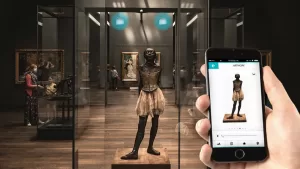
Exhibition have one thing in common; getting engaged within the venue isn’t always easy. Since the exhibition’s management felt that there was a gap, they chose to use iBeacons for events. The exhibition uses gamification to engage visitors through its app.
As long as they bring their phones along, visitors can move around the museum on a scavenger hunt. The beacon gives them clues that they use to identify specific items. The app also houses a radar feature, which works together with the beacons. Whenever a user is close to a specific item, the beacon sends a notification telling them more about the direction to move. Such features have made the exhibition a go-to location for young people.
- SXSW improved event attendee experience
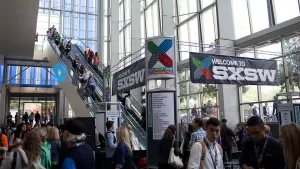
SXSW hosts festivals and conferences that celebrate the link between music, film, and interactive industries. The organizers were among the first people to use beacon technology in their events. The event organizer installed over 1000 beacons in different locations within the venue that constantly forwarded the information to the visitors. Attendees can receive notifications on where to find specific sections as well as how to complete registration.
Necessary considerations for using beacon technology at conferences
Proximity-aware apps will increase engagement in any event when used right. They can guide users around the venue, offer incentives, and broadcast promotions. However, you need to ensure that your beacons and supporting devices are properly installed around the venue:
- Proper WiFi
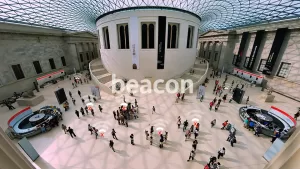
Poor WiFi connectivity can reduce the usability of beacons in conference settings. When events are hosted in large centers, there can be inconsistent wireless connectivity. The number of people in attendance could also overburden the WiFi network. Event organizers need to assess their specific events to ensure their WiFi connection will be held in the venue.
- Beacons in close proximity
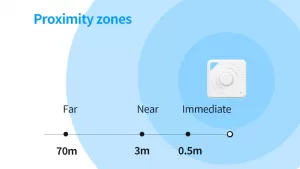
Having beacons too close to each other can result in some issues. For starters, the receiving device might not recognize the beacon it should be communicating with. It is also quite possible for the beacons to send the wrong message to the attendee.
The easiest solution is to ensure there is enough space between any two beacons. This way, each beacon will deliver content to the intended user. If you can’t increase the space between the beacons, consider lowering the beacons’ signal strengths. This will reduce any interference between them.
The future of iBeacon technology
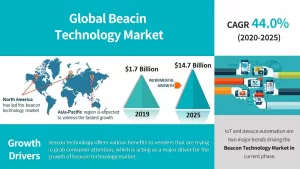
While beacon technology was worth $1.7 billion in 2019, it is estimated to be worth $14.7 billion by 2025. As more use cases of beacon technology come up, more businesses and events will continue to embrace the technology. Event planners will enjoy better event engagement levels, improved revenues, and better marketing insights.
Part of the reason beacon technology is gaining traction is the advancement of supporting technologies. For instance, with 5G in its infancy right now, it has broadened the use cases of beacons. 5G allows seamless communication between the beacon, app, and cloud. It reduces latency in communication. Other technologies worth noting include AR VR and AI, all of which could improve the use cases of beacon technology. For instance, AI can help iBeacons for events make decisions by themselves from the data they collect.
Right now, beacons have various use cases in different industries. They promote better factory floor management for manufacturers, proximity marketing for retailers, and pharmacy environment management for hospitals. Soon, most smart devices will be run through beacon technology. For instance, they could be used to run smart cities in the future. They can easily direct traffic, interact with self-driving cars, and control AC systems in smart homes.
The exhibition industry can gain a lot from beacons
Beacon technology has a lot to offer event organizers. It makes their work easier, improves revenues, and optimizes engagement. When combined with other technologies like AI and 5G, there is no end to how they can improve an event. Try beacon technology today to improve your event’s appeal.
